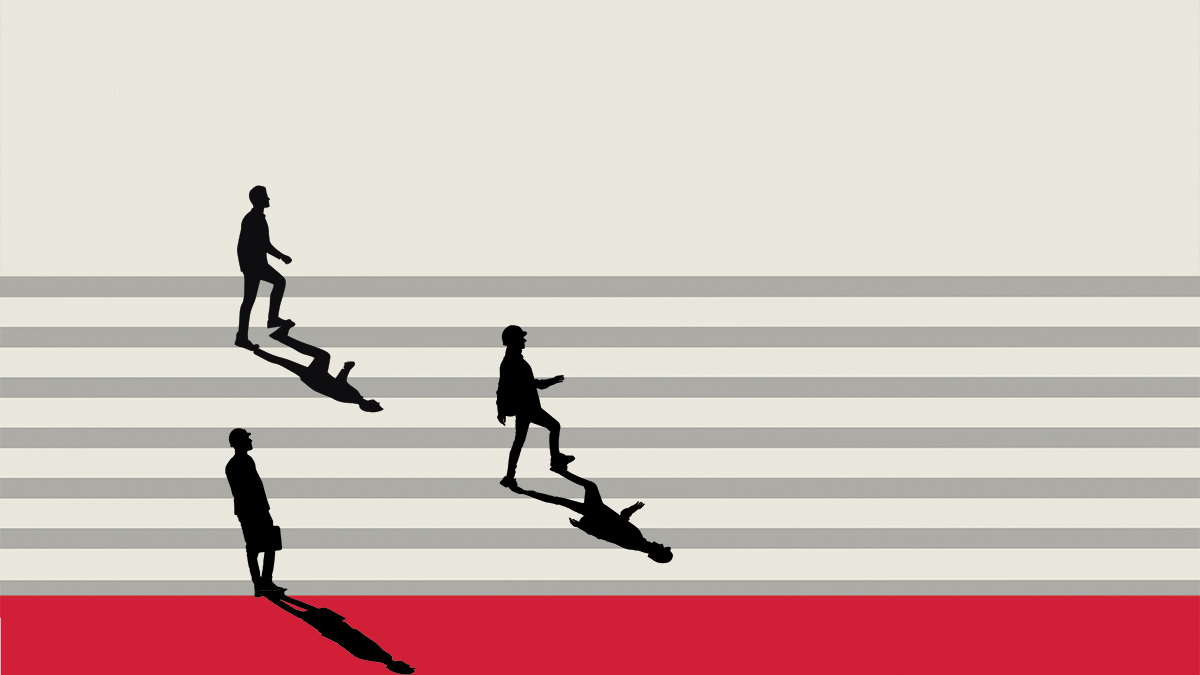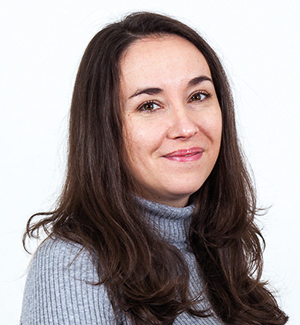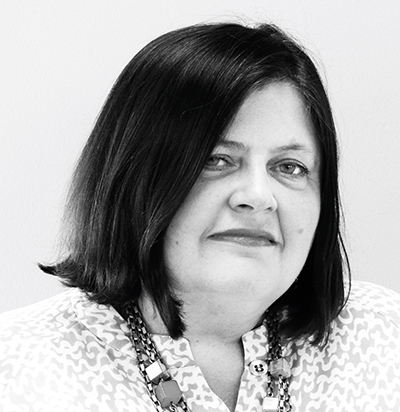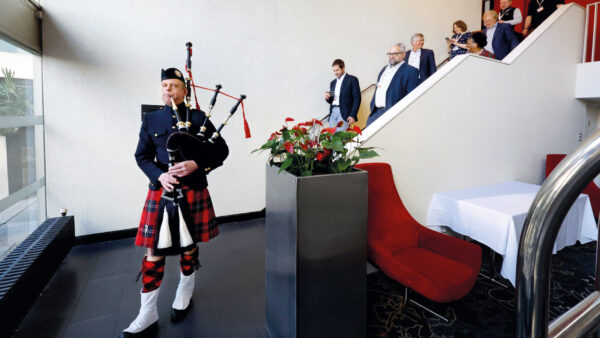
The transition period for new dutyholder roles, including that of principal designer, for building regulation compliance has now ended. Denise Chevin asked APS members and other professionals how they have been gearing up for this new challenge and the impact it will have.
Samantha Mepham, head of health and safety, Rider Levett Bucknall

Initially, there was lots of confusion around the need to appoint the new dutyholders of principal designer and principal contractor under the building regulations, with many believing it only applied to higher-risk buildings.
As the transition came to an end, clients and project team members were becoming more familiar with the requirements. We have seen an exponential increase in requests for assistance and guidance around the new dutyholder roles as the industry starts to realise the scale of the legal application.
RLB was prepared for the changes. We had already undertaken competency reviews of all our technical teams and our principal designers against PAS 8671 and identified the gaps we wanted to fill.
We also overlaid the new requirements of the Building Safety Act and its secondary legislation on top of our existing processes, ensuring our teams knew the requirements and how they could navigate and assist on their projects.
There is a real industry concern that the people supposed to deliver the new dutyholder roles simply do not exist – because of professional indemnity (PI) cover, competence, resource levels or all three.
Unlike CDM, an individual needs to be named in these roles, and until aspects such as the declaration statement are fully understood, there appears to be a reluctance
for people to take this on.
It is difficult to predict when/if this will change until we start to see case law to demonstrate the legal interpretations. As a consequence, it is likely we will see an increase in costs due to supply and demand of ‘competent’ dutyholders.
As a minimum it is hoped that something will be done quickly to address the confusion caused by multiple dutyholders with the same name.
Chris Bracewell, senior CDM consultant ORSA

I’m an architect, a fire engineer and a member of APS, which is a little unusual.
I have seen the changes that have been coming and done something about it. I was one of the first four people to be accepted on the RIBA principal designer register.
Another thing I have done in anticipation of this role of the principal designer was that I’ve been working with APS members Mark Snelling (the new president), Andrew Leslie and Professor Sam Alwinkle to help to create the APS accreditation system against PAS 8671, which will enable members and also people from outside to get an accreditation that demonstrates their competence to undertake the new principal designer role.
In the past I’ve had my own architectural practice and worked for a number of years as the CDM lead for a practice in York.
Last year I joined ORSA, which is a safety consultancy based in London, as senior CDM consultant. ORSA is offering both CDM and building regulations compliance services and we are working for a number of big practices in London.
The role of principal designer doesn’t seem to have been well received. But then a lot of architects have not wanted to take charge of CDM and employed a consultancy to deal with CDM – and I believe many of them are thinking the same way now. I hear that many have also been struggling with PI insurance under the new role.
I’m optimistic that the new arrangements will raise standards in design and construction and building operation. The whole thing is about competence and accountability.
If you don’t do what you’re supposed to do, then the Building Safety Regulator will deal with you and may prosecute you for a serious offence. And if people don’t act accordingly, then they’re going to be made accountable.
Bobby Chakravarthy, partner, Arcus Consulting

We are a multidisciplinary practice with a range of services including principal designer and CDM adviser and compliance services and will be providing principal designer services under the building regulations as well.
We are doing quite a lot of work at the moment, advising clients on the Building Safety Act regulation and how they need to do to comply and manage it within their organisations.
This regulation provides a new pathway to make the construction industry a better place. But there is a lot to bed down. Some clients are switched on, some have no idea where to start. And it will be interesting to see how it works for building control applications through the Building Safety Regulator (BSR) [for higher-risk buildings].
The maturity level within the BSR will continue to develop as it will across the industry – in the way that CDM regulations did.
We still have flaws in the industry where people don’t undertake the CDM regulations in a proper way and see it as a tick-box exercise. I think that will continue for a while under the new regs as well.
Peter Waxman, director, Gleeds Health and Safety, Gleeds

When the secondary legislation for the new dutyholder roles arrived in October 2023 everybody was nervous, particularly architects about the new principal designer role.
But, actually, it’s an opportunity for them to get greater control of what they are designing, rather than something to be worried about. The regulations say that the principal designer should take all reasonable steps. It’s not a strict liability, unlike that of the principal contractor.
The zeitgeist is changing and there is a realisation of the need to grasp the nettle and take it on.
At Gleeds we’ve been educating our clients and their teams in exactly what needs to be done to comply with the Building Safety Act and secondary legislation.
There is huge change to take on board. But if you take a reductionist view, it is fairly straightforward. The big problem will be getting dutyholders to understand their obligations and get on board with them.
Peter Taylor, partner, Leslie Clark Construction Consultants

Leslie Clark acts as a CDM principal designer and we don’t intend to take on the responsibility for principal designer under the building regulations.
We have been clearing up confusion with our clients, including explaining that CDM regs have not changed. We’re advising clients on what the changes are, and how it’s not as complicated as it can sound. I think those working on higher-risk buildings have become a bit fixated by the gateways process.
But in reality, the gateways are just normal building control stages – the initial plans, the full plans and the final certificate. The only difference is it goes through the BSR, it requires more detailed information and you have certain legal hard stops that prevent dutyholders moving on at risk.
What the new dutyholder roles do is make it clear you have to follow the building regulations. That’s the big change. And you have to prove it and also that the building is compliant.
The liability is on the designer, contractor and client rather than the building control approver who won’t issue the final certificate until provided with evidence that the works/design complied with building regulations.
So we might get hold-ups as people will have to take more time to get used to the process – I think the whole industry got used to rushing through this stage as quickly as possible. A building would be handed over before the final certificate had been issued by building control – that won’t happen now.












